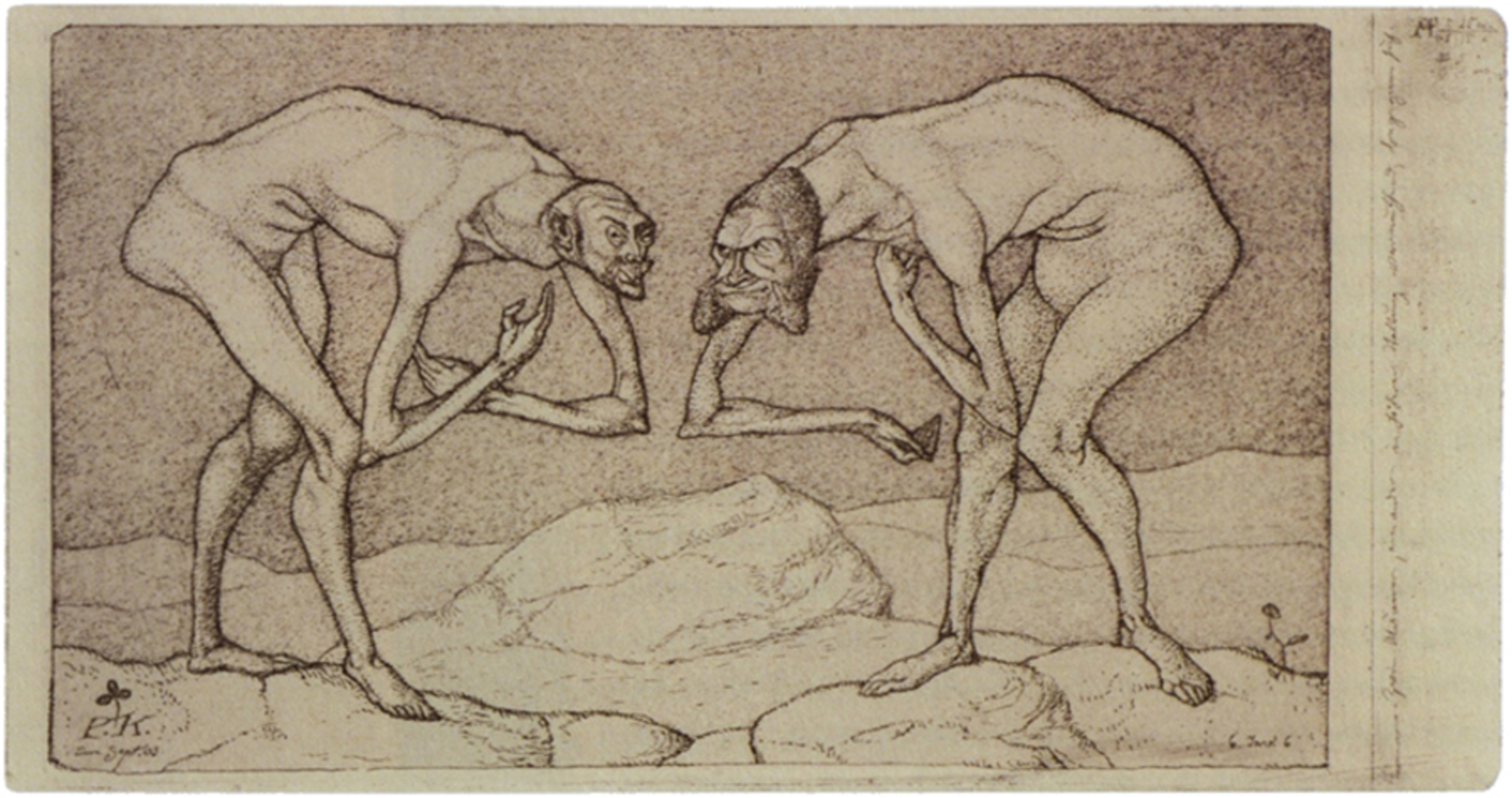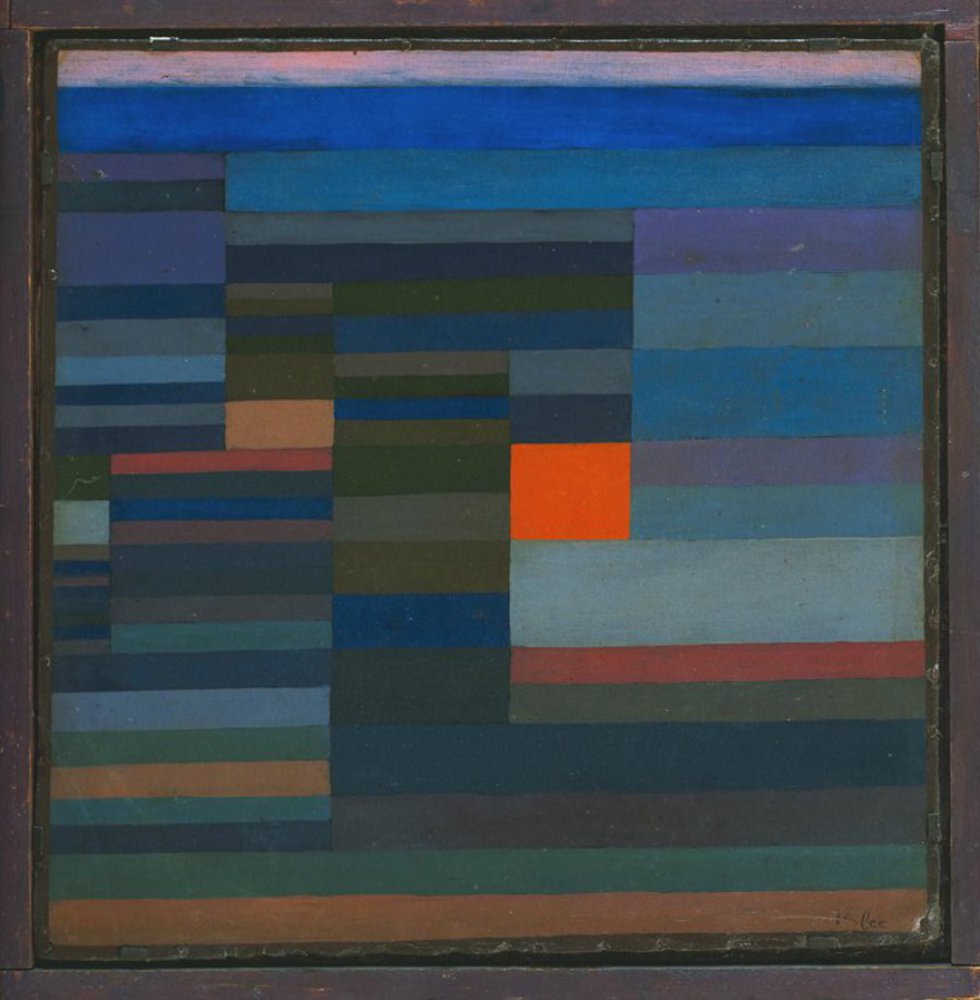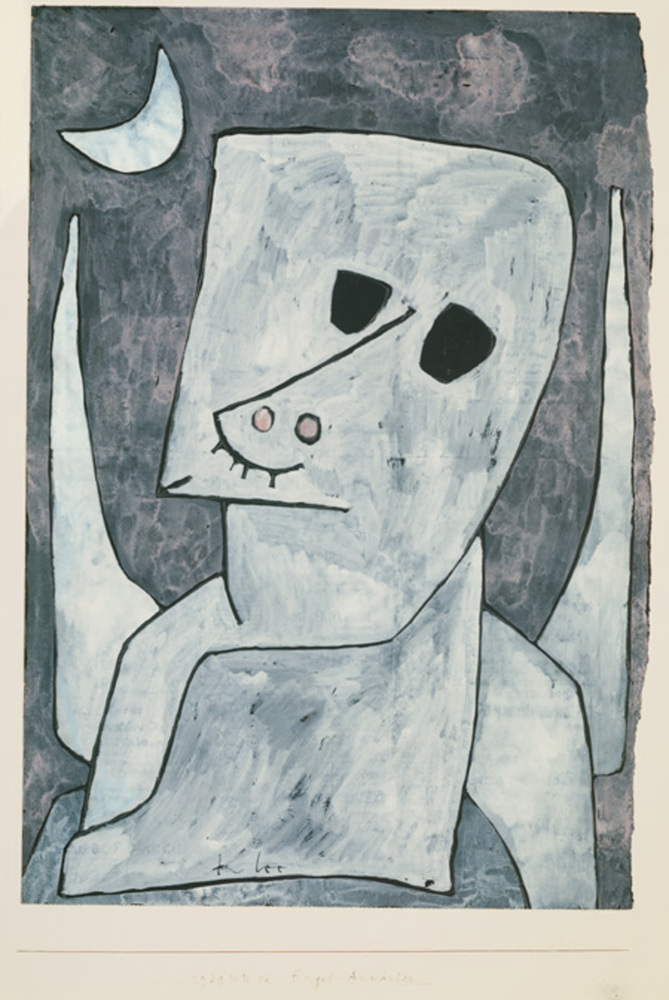Paul Klee was a Swiss born painter known for his unique style that transgresses multiple genres.
His painting experience began when he studied drawing and painting at the Academy of Fine Arts in Munich, after which he explored art independently. During this period he experimented with different styles including caricatures, Symbolist drawings, and works in black and white. His art reflects the influences of Pablo Picasso's Cubism and Robert Delaunay's abstract translucent color planes. Later on he returned to Munich and joined Der Blaue Reiter, a German Expressionist group.
One of the turning points of his artistic career occurred during his visit to Tunisia. The clear, natural light helped him develop a heightened sense of color to the point where he could use color for more than physical description, and led him down the path of abstract art.
Later on in his life when he returned to his hometown after teaching at various art academies, the dark political situation in Europe took a toll on him and eventually began to influence his art. "Lines turn into black bars, forms become broad and generalized, scale larger, and colors simpler," (Rewald).
Active Years: 1903 - 1940


